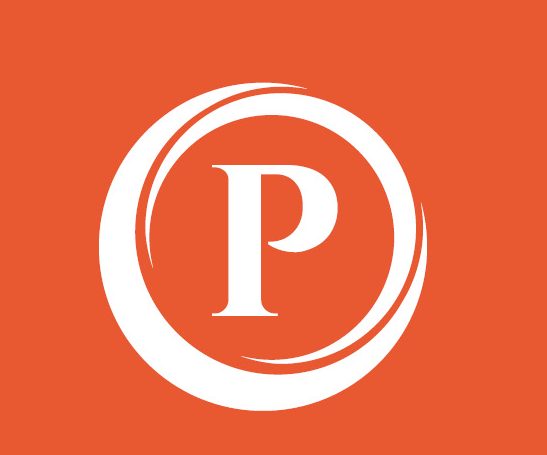The Challenges of Recruiting Post-COVID

When it gripped the UK in March 2020, the COVID-19 pandemic had a fierce impact on the job market and subsequent workplace trends. While some lost their jobs, many more were temporarily furloughed, and others had to adapt by working remotely from their homes. With the UK market continuing its recovery, the Office for National Statistics (ONS) reported that in October 2022, there were 29.8 million people employed in the UK, and the unemployment rate had dropped by 0.2% since July. Yet, these figures are still short of pre-pandemic levels. So, whilst the country is steadily mending the damage, there’s still plenty to do – and, as such, recruitment specialists must diversify to meet the changing needs of the workforce.
When the UK’s COVID-19 restrictions ended in February 2022, it was abundantly clear that the landscape for recruiters and employers had changed. Pippa Needs from accountancy recruitment firm Howett Thorpe stated: “We are currently in a candidate-driven market, meaning that companies must impress top candidates to stand out from the competition.” The pandemic’s profound impact has played a key role in leading the UK into a cost-of-living crisis, which, in turn, has seen a demand for fairer wages. Yet, this is only one of several factors that rank highly in the search criteria of job seekers. Speaking to Tech Round in March 2022, Managing Partner of senior recruitment specialist MM Search, Ken Morrice, indicated that “the trend of hybrid working will work, and it will be a mainstay for most businesses to demonstrate their trust in their employees”. Coupled with the UK’s economic situation, it is no surprise that many employees now exclusively search for hybrid or remote roles, hoping to lower the likes of their travel costs.
For recruiters, the market is full of competition – from specialist industry recruiters to well-known online platforms such as Indeed, Reed and LinkedIn. Dan Barfoot of CMD Recruitment believes that recruiters need to get in front of potential candidates quicker than ever before. Speaking to Tech Round, he said: “To effectively hire the best staff, response times need to be quick and decisive, or companies run the risk of losing good candidates to competitors or counter-offers.”
Employee trends to consider
A survey by the Chartered Institute of Personnel and Development[1] in June 2022 reported:
- Of those that felt it was likely they would quit their roles in the coming 12 months, 34% highlighted better pay and benefits as the driving factor.
- Increased job satisfaction and a better work-life balance also ranked high, at 26% and 23%, respectively.
- From the sample, 34% reported working at their employer’s premises 100% of the time, whilst 15% said they always work from home.
- 49% of those working in professional occupations had taken advantage of flexible working the previous year.
The biggest challenges
Recruitment is a highly competitive and time-sensitive market, and those working in the industry have to stay on top of the latest worker trends in order to succeed. Some of the most pertinent impacts of the pandemic were the change in attitudes and priorities for working people across the country. Whilst it has always been important, job satisfaction and a quality work-life balance came to the fore, and this is where employers and recruiters can separate themselves from their competitors in the race for the best candidates.
Recruiters can’t necessarily affect their client’s job packages, working hours, and benefits, but they can focus more on finding candidates whose personalities add to the employer’s unique culture. The challenge for recruiters here is establishing exactly what that is by taking the time to talk to and understand their hiring client as well as conversing with the various candidates. Recruiters can easily fall into the trap of succumbing to unconscious bias, though – by trying to make prospective candidates fit into a working culture.
There may have been a time when a high salary was the only attractive benefit that job seekers were looking for. Since the pandemic, however, flexible working alongside packages of incentives and benefits is becoming more in demand. Employees want to know that they are going to be taken care of, and so blending hybrid and remote working with traditional and innovative benefits such as pensions, sick pay, death in service, company cars, travel expenses, health and dental insurance, bonuses, and discounts on wellness services is what will aid employers in standing out.
Recruitment strategies
The first insight that a prospective candidate will have into a role is via the job description, and these have to be direct. The role itself should be clearly explained, with points such as experience and technical skills clearly outlined to avoid anybody wasting their time. Elements such as working culture can be highlighted, too, as you describe the company and its current team. Whilst adverts on the UK’s biggest recruitment websites will likely gain traction, recruiters should be taking advantage of social media – particularly platforms such as LinkedIn. This offers recruiters the opportunity to get in touch directly with suitable, skilled professionals – even if they are already in a role and not outwardly seeking a change.
Whilst recruiters can encourage their clients to build attractive work packages, they can also add an incentive of their own – referrals. Whether you’re a recruitment firm or the employer, incentivising referrals has numerous benefits. Firstly, you will spend less time searching for the candidates yourselves, your employee will likely be incentivised financially should their referral be successful, and finding the right person for the role is more likely. Employees are only likely to refer somebody whose personality and working style are similar to theirs – marking a positive addition to the workplace.
Key considerations:
- Work-life balance through flexible, hybrid and remote working options.
- Packages of benefits, perks, bonuses, and incentives.
- Improved salary.
- Workplace culture.
- Accurate and insightful job descriptions.
- Referrals from the current workforce.
- Social media recruiting.

